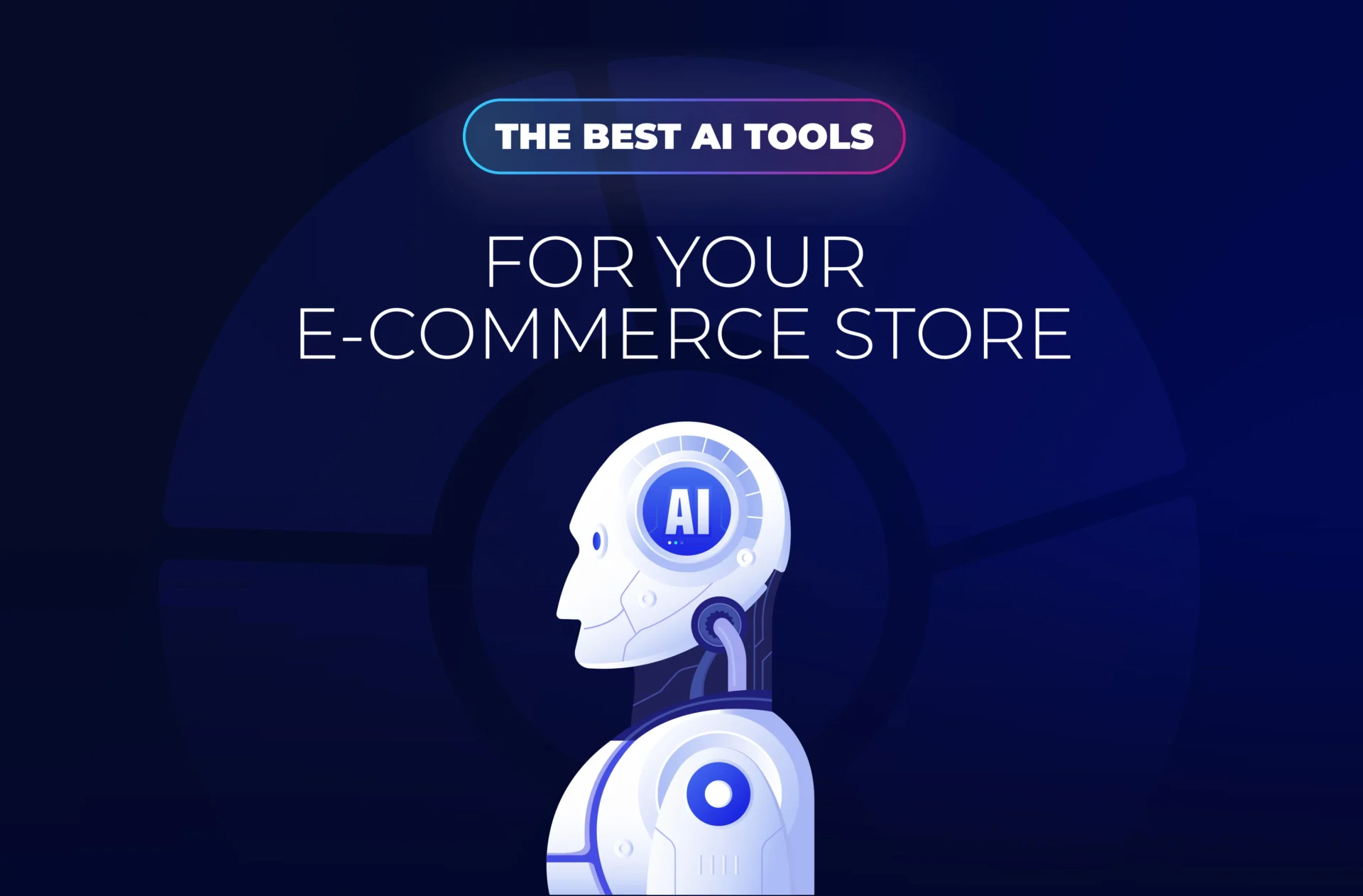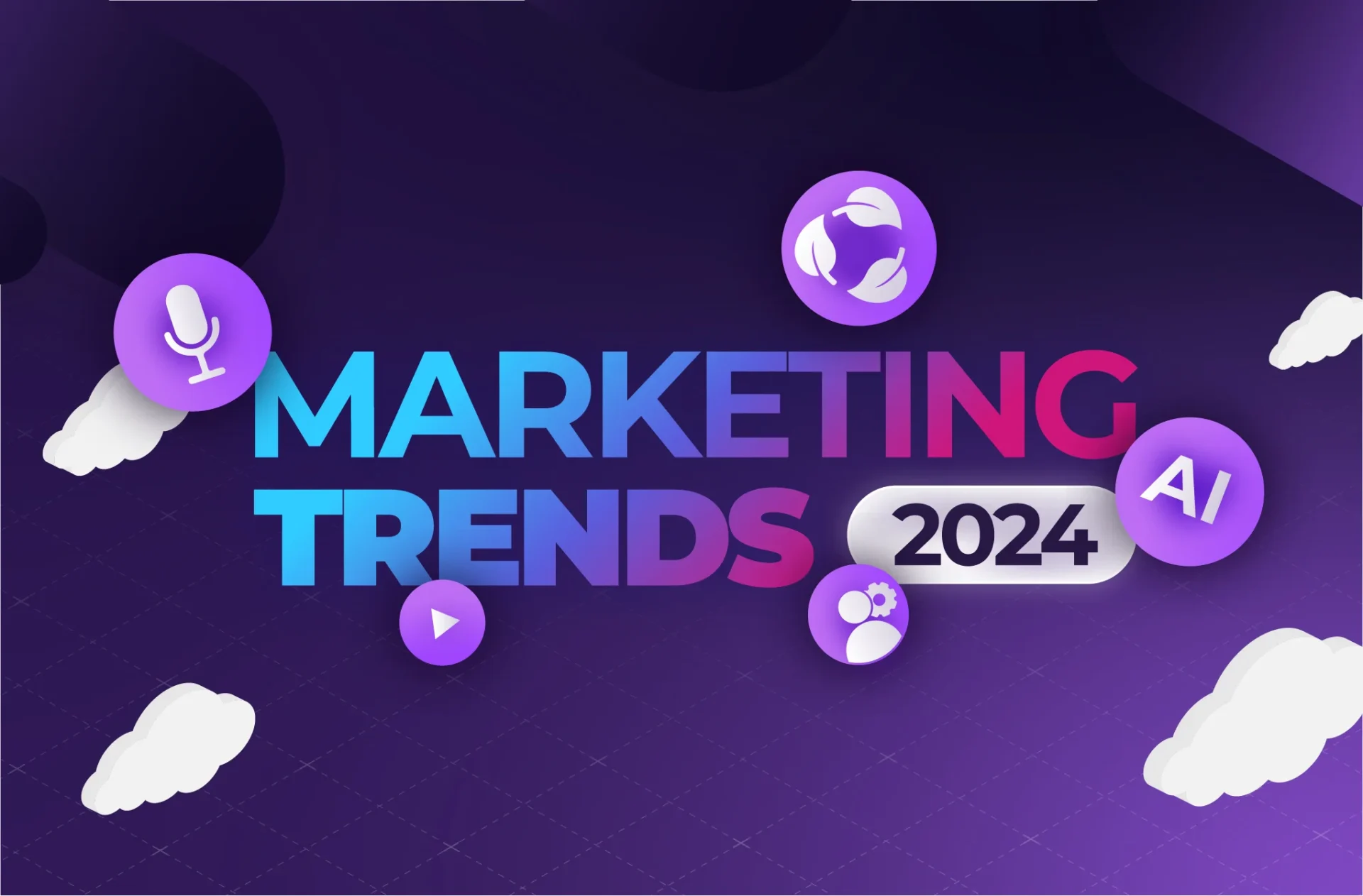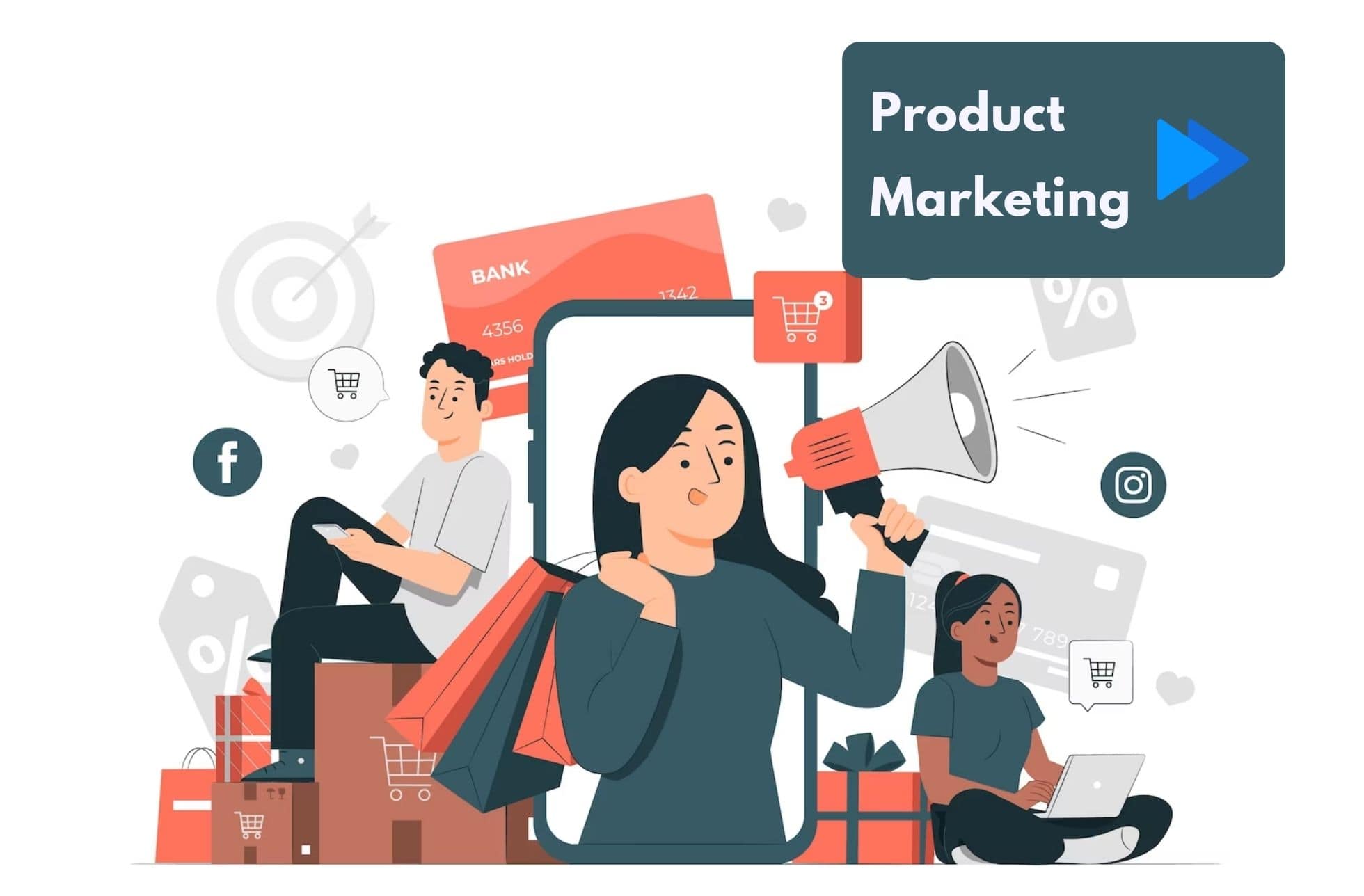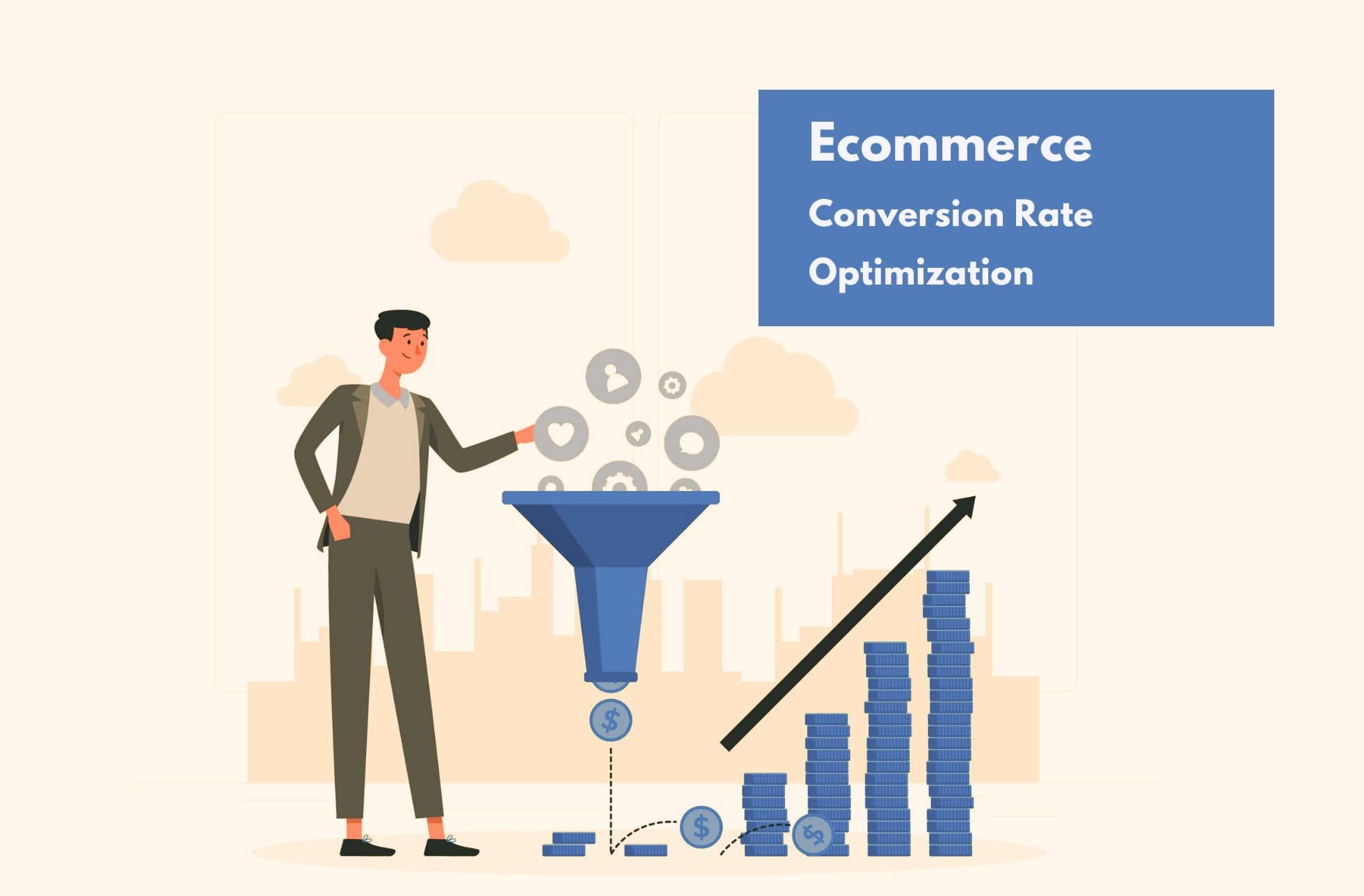Everyone’s hopping on the influencer marketing train these days, and for good reason. Influencer marketing brings in 11 times the ROI of traditional online marketing.
But what if you don’t have a physical product to show off in a perfectly posed Instagram post? Good news: influencer marketing works just as well for service-based products and industries as well.
Whether you work in healthcare, finance, software or another industry, you can still use influencers to promote your brand. Your influencers can be prototypical social media stars, current clients, or even other brands. All that matters is that they have the power to influence your target audience.
Below we look at ten proven influencer marketing techniques, and the savvy service brands who used them to great success.
1. Case studies and testimonials
If you’re doing something right, at least some of your influencers should come from your own customer base. 89 percent of B2B marketers rate customer testimonials and case studies as their most effective content marketing tactic, so talk to your influencers-turned-customers and use them in your marketing.
Facebook created an entire landing page for its case studies, which are searchable by size, industry, and marketing goal. With clients ranging from P.F. Chang’s to Rover.com, it’s easy for brands to find case studies from other brands they admire.

2. Webinars
Webinars remain a popular B2B marketing technique, because they work. According to ReadyTalk, between 20 to 40 percent of webinar attendees turn into qualified leads.
Co-host a webinar with an influencer as a featured expert. It’s a perfect partnership opportunity, because both you and the influencer promote it to your separate audiences — which combines to form a larger platform for the both of you.
That’s why CRO software company CrazyEgg did a webinar with Larry Kim, renowned PPC expert and founder of WordStream. They both have customers who would be interested in each other’s services.

3. Events
Whether you have a physical product or not, influencer marketing is a great way to promote your events. And, as Facebook shows in the example below, your influencer doesn’t even have to be a real person.
During SXSW, Funny or Die partnered with Cookie Monster to show how much fun they were having at the Funny or Die Hideout. With 4,000 shares and 384K views, it’s safe to assume the video drove foot traffic their way.
Partner with influencers to promote your presence at trade shows and conferences. Host VIP events with your top influencers and film behind-the-scenes footage for your Facebook fans.

4. Social media takeovers
Just ask your social media person: it’s difficult to churn out creative, inventive content on a daily basis. Fortunately, influencer takeovers on social media can provide relief.
Give your influencer access to your branded Facebook, Snapchat or Instagram account for the day. The change in tone will delight your customers, and they’ll be impressed that you’re comfortable with letting loose a little bit.
Shopify is always posting content on its blog to help its customers be more successful in all realms of their business, beyond the ecommerce platform. They follow the same approach with their Instagram Live, letting their more prominent customers share a day in the life at their office.

5. Instagram photo shoots
Just because you don’t have a physical product doesn’t mean you have to miss out on the many returns of Instagram influencer marketing.
Instead, show influencers enjoying the end result of your service. The classic example of this is when airlines, hotels and destinations partner with travel influencers. But the strategy works for other industries as well.
Despite being in the objectively boring banking industry, U.S. Bank worked with Instagram stars on their #ISaveSoICan campaign. Influencers took photos or videos offering their best tip for saving money or sharing how saving up enabled them to pursue their dreams.

6. User-generated content
Everyone can benefit from more user-generated content. It’s free, and often keyword-rich – talk about a win-win.
Better yet, when you create a UGC campaign with your influencer, you’ve found a way to turn your influencer’s audience into brand ambassadors themselves.
Consider how online learning platform Lynda.com collaborated with Youtube vlogger Jack Douglass. In one video, he challenged his 3.5 million subscribers to learn a skill using Lynda and share it with him. Then, he chose the best ones to feature in a follow-up video. This strategy was genius – it made his job easier, and resulted in two multi-million-view videos for his client.

7. How-to posts
While how-to tutorials of your own service may be boring, everyone loves advice, especially when it comes from their favorite influencers.
Audiobook platform Audible sponsors Grace Helbig’s YouTube channel. In the video below, she reviews her top ten travel tips, one of which is downloading an audiobook from Audible. As an author herself, the partnership is a perfect fit. Since she mentions Audible as one of her ten tips, instead of creating a video focused exclusively on Audible, it feels less like an advertisement and much more fun, keeping her audience engaged to the tune of nearly half a million views.

8. Affiliate links
Similarly, influencers can drop affiliate links to your brand within their written content.
Personal finance expert Laura Adams hosts the Money Girl Podcast. After each episode, she writes up show notes in a blog post. The blog is designed to be helpful, with tips on how her audience can better manage their money. In the post below, she includes affiliate links to her sponsors TrueCar and Edmunds.
This is a short, but effective, way to highlight influencer clients. The brands’ services are useful and relevant to the readers, but the quick mention doesn’t overwhelm the piece.

9. Product reviews
Influencers can also promote your brand more prominently, via dedicated blog posts. With 85 percent of consumers trusting online reviews as much as personal recommendations, it’s no wonder many of these blog posts take the form of reviews.
The Minimalists podcast is sponsored by web hosting company Bluehost. The hosts wrote up a long-form article on how individuals can create their own blog and make money living a simple life blogging. The first section of the piece focuses exclusively on using Bluehost to get started, which is further reinforced by the prominent banner at the top of the post.
Successful influencer product reviews like these don’t just share the features and basic details of your service, they explain how the influencer put it into action.

10. Social media shoutouts
Tweets are one of the cheapest forms of influencer marketing, due to their limited reach and short halftime. They take much less effort on the part of your influencer, so they’re an affordable way to pad your partnership with additional promotion. You can agree to a set number of tweets over the course of your partnership, or ask them to retweet or reshare your content.
These short mentions can be similar to the larger content ideas we’ve already mentioned. They might be a bite size takeaway from a longer tips post, or a quick mention of how your product helped them. You can even use influencers to amplify your content and brand news.
For example, Rand Fishkin, founder of Moz and recognized SEO expert with nearly 400K Twitter followers, spread the good news of the latest funding round for Supermetrics, a marketing analytics and reporting tool.
Conclusion
When you don’t have a physical product, the focus of your influencer’s content shifts from you (and your product), to how it actually helped them. Their fans visualize themselves benefitting from your service, just like the influencer did. In some ways, this can be even more powerful.




